We showed you palaces in England, Estonia, Spain and more. We are once again going to span the globe to bring you another 6 palaces full of wonder and glory. Notice how the architecture and design style of each palace varies according to the time and country it was built in.
Remember to send in your favorite palace so we can post it.
View the palaces of royalty across the globe
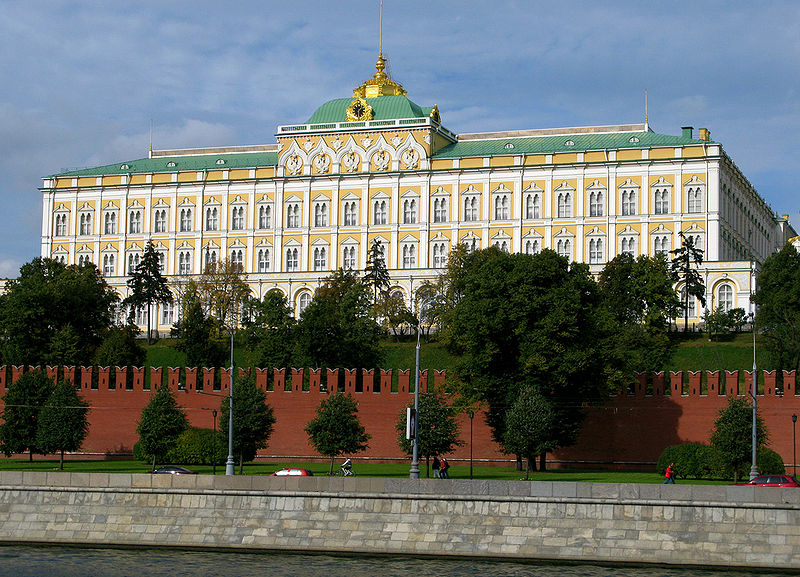
The Grand Kremlin Palace, In Moscow, was built under the supervision of architect Konstantin Thon. The beautiful yellow-and-white Russo-Byzantine façade stands on the site of the estate of the Grand Princes, established as far back as the 14th century. The palace was constructed to emphasize the magnitude of Russian autocracy. The Grand Kremlin Palace was in earlier times the tsar’s Moscow residence. The palace has over 700 rooms in about 25,000 square meters.
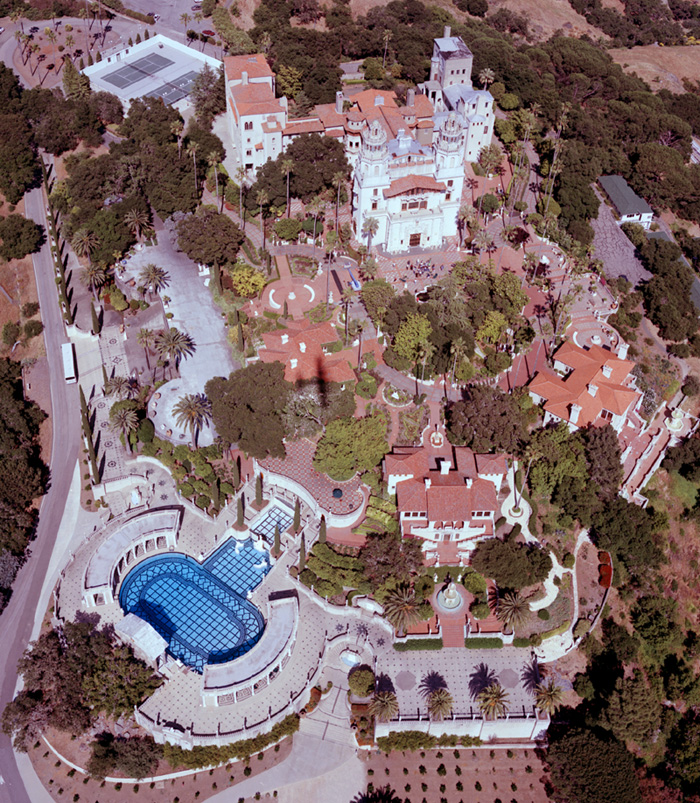
Hearst castle is the home newspaper magnate William Randolph Hearst built for himself. The home was designed by architect Julia Morgan and was constructed between 1919 and 1947. Hearst’s estate is five miles, built atop the Saint Lucia Range. Originally Hearst only planned to build a comfortable bungalow for himself, but after one month of discussion the original idea swelled to ostentatious proportions. The exterior style switched from the preliminary suggestion of Japanese and Korean themes to the Spanish Revival that was gaining recognition. Hearst liked the Spanish Revival style, but disliked the crudeness of the colonial structures in California. Mexican colonial architecture had more sophistication but he disliked its profusion of ornamentation. Hearst and Morgan turned to the Iberian Peninsula for inspiration and found that Renaissance and Baroque examples in southern Spain were more his tastes. Hearst truly admired a church in Ronda so he copied the Main Building towers after it. The Panama-California Exposition of 1915 in San Diego held the closest approaches in California to the look Hearst desired. He decided to substitute a stucco exterior in place of typical palace masonry in deference to Californian traditions. In 1957, the Hearst Corporation donated the property to the state of California as a state park.
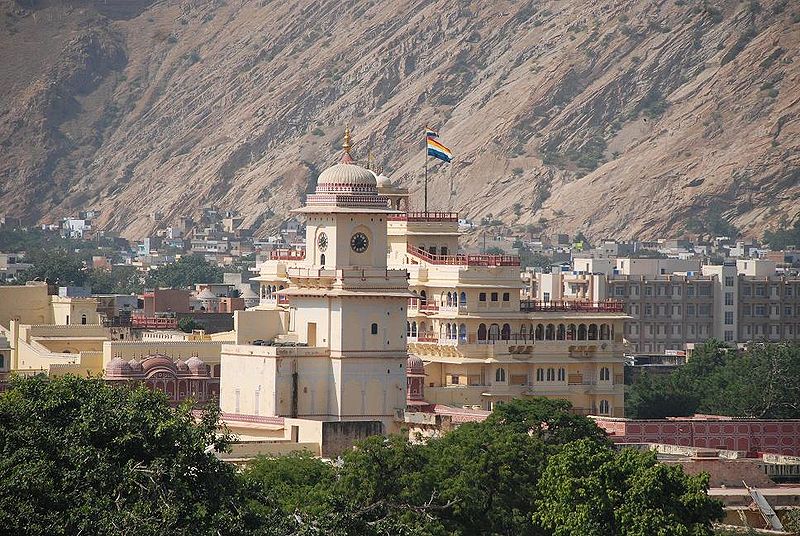
City Palace was the seat of the Maharaja of Jaipur, the head of the Kachwaha Rajput clan. The palace complex incorporates a remarkable and enormous array of courtyards, gardens and buildings. The architects of the palace, Vidyadar Bhattacharya, the chief architect in the royal court and Sir Samuel Swinton Jacob, achieved a fusion of the Shilpa shastra of Indian architecture with Rajput, Mughal and European styles of architecture. The palace estate, which includes the Chandra Mahal and Mubarak Mahal palaces, now has a museum in it but is still primarily a royal residence.
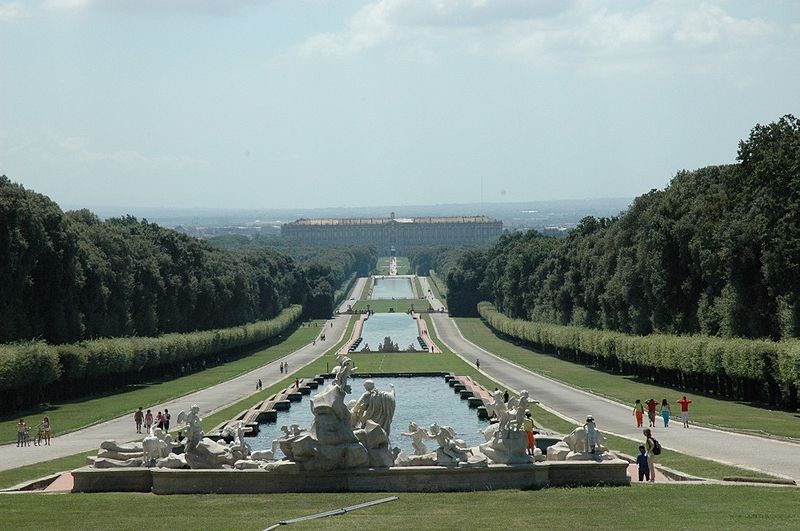
The Royal Palace of Caserta was constructed by architect Luigi Vanvitelli for Charles VII of Naples in 1752. At the end Charles never moved into the palace as he resigned in 1759 to become King of Spain. The palace was eventually completed for his son and successor, Ferdinand IV of Naples. Vanvitelli’s model in the design of the palace was Versailles. It provided for the king, court, and government in one huge building. The palace has about 1,200 rooms. In 1997, the Palace was designated a UNESCO World Heritage Site, described in its nomination as “the swan song of the spectacular art of the Baroque, from which it adopted all the features needed to create the illusions of multi-directional space”.
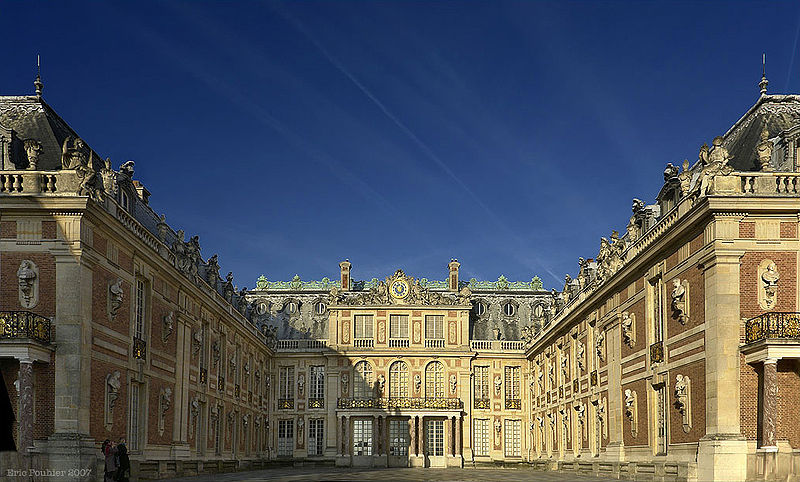
The court of Versailles was the centre of political power in France from 1682, when Louis XIV moved from Paris, until the royal family was forced to return to the capital in October 1789 after the beginning of the French Revolution. Versailles is therefore famous not only as a building, but as a symbol of the system of absolute monarchy of the Ancient Regime. Beginning in 1661, the architect Louis Le Vau, landscape architect André Le Nôtre, and painter-decorator Charles Le Brun began a detailed renovation and expansion of the château. It eventually became one of the biggest palaces in the world. The palace has over 700 rooms and 2,153 windows.
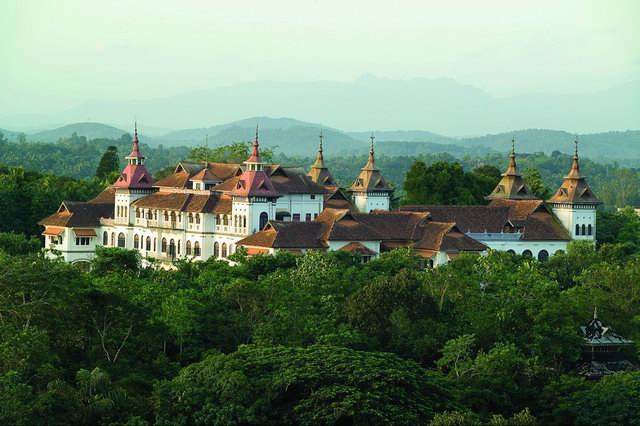
Kowdiar Palace in Trivandrum, Kerala, India was built in 1915 by Sree Moolam Thirunal and was gifted to Sethu Parvati Bayi. It is the official residence of the Travancore Royal Family. Kowdiar Palace’s architectural work is famous and has over 150 rooms. Now the decedents of the royal family reside in the palace.
Continue sending in your favorite palaces HERE
More coming soon…

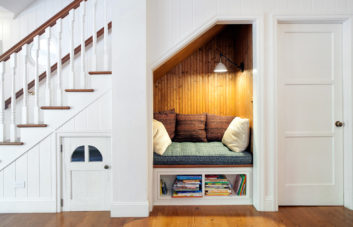
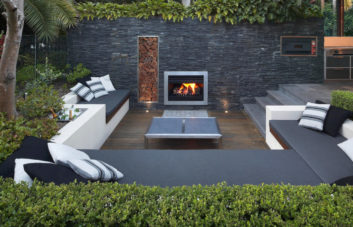
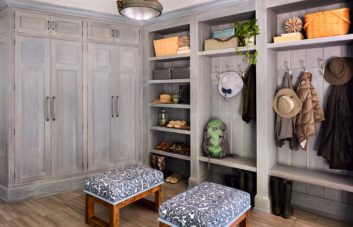
I was at Hearst Castle. It is truly amazing! My favorite part was the pools. Both the beautiful outdoor one you see in the picture and the indoor “greek inspire” gold pool.
sooooooooooooooo coooooooooool!